#Phantom Of The Opera (1983)
Text
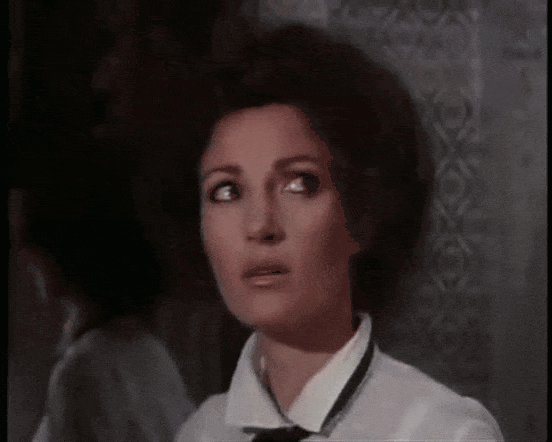

Jane Seymour as Maria Gianelli
The Phantom of the Opera 1983
#jane seymour#maria gianelli#phantom of the opera#phantom of the opera 1983#the phantom of the opera#80s films#film gifs#my gif to you#my gifs
14 notes
·
View notes
Text
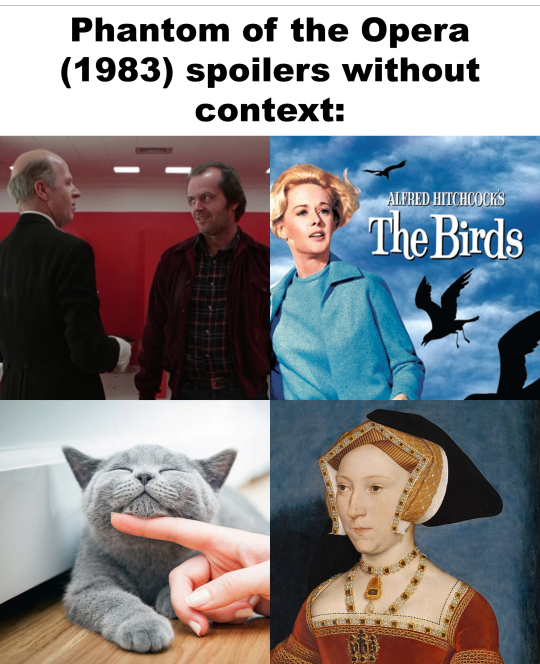
#poto#phantom of the opera#poto 1983#phantom of the opera 1983#poto memes#phantom of the opera memes#poto without context#my post
13 notes
·
View notes
Text
Decided to compare my height with the Phantoms - Winslow is scary! Jk but wow I never realized how tall some of these guys are.
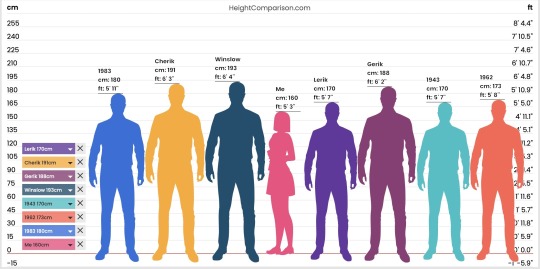
#phantom of the opera#poto#the phantom of the opera#erik destler#erik the phantom#erik poto#lerik#cherik#gerik#poto 1983#poto 1943#poto 1962#Winslow leach#potp#phantom of the paradise
181 notes
·
View notes
Text
Phantom adaptation memes

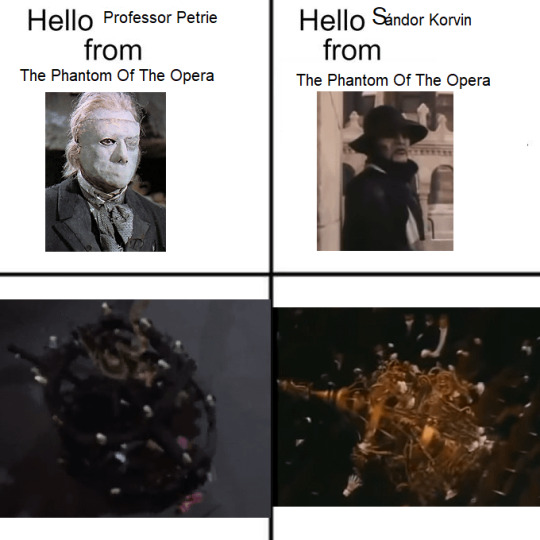

#Phantom Of The Opera#Phantom Of The Paradise#Erik Destler#Winslow Leach#Phantom Of The Opera (1943)#Phantom Of The Opera (1962)#Phantom Of The Opera (1983)#Phantom Of The Opera (1989)#Poto#Spoilers#I guess
20 notes
·
View notes
Text
Thinking of biting the bullet and watching the 1983 PotO with Jane Seymour tonight.
Seems like a good excuse for a poll!

9 notes
·
View notes
Text
Butthole Surfers — Rembrandt Pussyhorse (Matador)

Photo by Jerry Milton
Given the amount of ink spilled and pixels configured concerning the music and cultural phenomena associated with the Butthole Surfers, it seems a daunting task to find anything new to say about the band — even about a record as excellent as Rembrandt Pussyhorse, first released 38 years ago (say what) on Touch and Go and presently being given the vinyl reissue treatment by Matador. But two things obviate the perceived difficulty registered just above: somehow, someway, Rembrandt Pussyhorse sounds like it could have come out yesterday on some currently über-hip, punk-adjacent underground label (say, Feel It Records from Cincinnati, or London’s La Vida Es un Mus); and for certain, it feels a very particular, vividly upsetting sort of way to listen to these demented, raging and inspired songs in March of 2024, as we struggle and lurch our way toward spring.
For example: Give “Strangers Die Everyday” a spin and try not to think about Gaza. That shouldn’t be a compelling match, of past music with present, all-too-real event. The song features a nigh-histrionic, Bela-Lugosi-as-the-Count organ, plastic fangs chewing on cheap, drywall scenery. Gibby Haynes does some of his bullhorn-mediated vocal antics, and sounds of bad plumbing bubble up into the mix. It’s the Butts in nightmare mode, which was always a vertiginous blend of ruthless ugliness and brain-rattled hilarity, and there is nothing funny about Gaza. Nothing at all. But keep listening. “Strangers Die Everyday” ends up expressing a deranged pathos. The organ is hammy, but the melody is mournful. The glurping, glooping bubbling evokes looking down a mostly stopped-up drain, which is always a bum-out experience, woven into the textures of the “Everyday” world nodded to in the song’s title. It situates the sadness and disgust in a feeling tone. But just exactly where is your everyday world? If you can tune in and make an additional metaphorical leap (to all the drains in Gaza, and in Myanmar, and in Ethiopia, and elsewhere, all of them backed up and drowned by unstanched cataracts of blood, from the bodies of all of those strangers), you will feel a particular sort of weight in your gut.
The Butts’ best stuff always worked the spaces in which earnestness, nausea and a decidedly bonkers mirthfulness overlap. Perhaps “collide” is a better word for the music’s resulting dynamic. In their early recordings, you can hear them bashing and stumbling their way toward ever-more-effective smash-ups of sharply opposing affects: the delirious one-two punch of “Suicide” and “The Revenge of Anus Presley” from Butthole Surfers (1983); the ebullient, anxious, headlong hallucination that is “Dum Dum” from …Another Man’s Sac (1984). The best performance of that sort of collision on Rembrandt Pussyhorse is “Perry,” which initially registers as a hyperbolic parody of the theme music to Perry Mason. Natch, let the laffs commence. The organ is back, but this time it’s in full Phantom-of-the-Opera mode, rollicking and tempestuous, Lon Chaney grinning horribly. Haynes delivers the laffs, howling and whooping himself breathless.
Keep listening. “Perry” takes its turn toward something more than parodic goofiness when Haynes provides a series of anaphoric itineraries: “It’s about coming of age / It’s about learning how to do it / It’s about learning how to experience things the way they ought to be experienced….” And so on. It’s a reckless thing, following Haynes into that improvisatory philosophical space: How, precisely, should things be experienced? What would a Butthole Surfer say? “It’s talking about being the slave boy / It’s talking about giving head when you’re 6 years old / It’s talking about enjoying these things….” You can just about see Raymond Burr blanch, even in black and white — and sure, it’s the Butts being the Butts, invoking a series of transgressive, taboo images, perhaps only for the charge of the transgression itself.
But there are other ways to hear the transgression. We might take the reference to Perry Mason a little more seriously. In the summer of 1986, just months after Rembrandt Pussyhorse was released, the Meese Commission on Pornography published its final report, a Puritanical screed that sought to throw the full moral weight of the Justice Department (yeah, yeah, I know) behind a juridical condemnation and potential outlawing of sex work, porn consumption and kink. The most liberal — in the hard sense of that word — readings of the Report’s recommendations would likely sanction tossing a band called the Butthole Surfers and songs like “Perry” (and “Lady Sniff,” “The Shah Sleeps in Lee Harvey’s Grave,” “Moving to Florida,” and later just about every song on Locust Abortion Technician and Hairway to Steven…) onto the pile with all the copies of Hustler and Torso and the endless numbers of VCAvideocassettes — not to mention the models and actors themselves, and all the folks who watched them and looked at them and felt pleasure.
It's not a hard history to uncover when you listen closely. Reagan’s reinvigoration of the American Right in part drew upon Jerry Falwell’s political turn, and the idea that evangelicals could have real power if they participated in the electorate, rather than regarding it as the fallen domain of a lesser law. In 2024, the Republican Party takes that evangelical vote for granted, and its full complicity with the array of MAGA-affiliated constituencies has created a new set of political alliances, issuing in events like January 6 and the Q Shaman leading a prayer service in the evacuated Senate chamber. Not sure even Haynes could conjure that image. Return to the record. The echoes of Raymond Burr’s voice, in full closing-statement declamation, reverberate out from “Perry” to the Butts’ magisterial cover of “American Woman”: “All right, you little creep, come out of there! We know your name!” We’ve got you surrounded! Where’s Mike Pence?
No one would argue that the Butts possessed anything like socio-political prescience when they recorded Rembrandt Pussyhorse. They were too busy experiencing things the way they had to experience them, to make the music that they had to make. And some of us enjoyed it. Still do. That may be reason enough to return to the record — or to reissue it. But the band somehow tapped into some very serious energies circulating in the mid-1980s: the Reagan Administration’s bloody-minded Christian nationalism (read some of his speeches, you’ll hear it); the Israeli Labor Party’s “Iron Fist” policy of 1985 and the accompanying intensification of settler activity, all of which would soon lead to the First Intifada. And here we are: Gaza on fire and self-identified Christian Nationalists like MTG and Tommy Tuberville setting policy. Here we are, in the “Whirling Hall of Knives” Haynes and Paul Leary and the rest of the band set in motion in 1986. Even today, especially today, it cuts deep. It draws blood. Strangers die everyday.
Jonathan Shaw
29 notes
·
View notes
Text
Reblog for a bigger sample size - for bonus points tag your favorite musical(s) that didn't win this decade but maybe should have!
Polls for other decades
#bwaypolls#poll#polls#musicals#musical theater#broadway#tony awards#cats#andrew lloyd webber#les miz#les miserables#patti lupone
230 notes
·
View notes
Text
HOTD Inktober
Hey guys, I am planning to draw some halloween inspired art for our favorite HOTD characters. Keep in mind, I'm a busy college student so I might not finish all these by Halloween — I might not even complete the list at all — but I'll try to draw for as many days as I can and drag the challenge out into November to give me more time. This is my first time participating in Inktober and I'm soooo excited 😁
Here is what I have currently planned (subject to change):
All Hail the Pumpkin King: Aegon as Jack Skellington
Down the Rabbit Hole: Helaena as Alice in Wonderland
Hellfire: Aemond and his son as Frollo and Baby Quasimodo from The Hunchback of Notre Dame
Stitches: Alicent as Sally the Ragdoll
Black is Such A Happy Color: Rhaenyra and Daemon as Morticia and Gomez Addams
Nyctophilia: Aemond as an Edgy!Biker
Nevermore: Jace and Baela as Nevermore Academy students
"Why So Serious?": Daemon as the Joker.
Psycho: Young Rhaenyra as Harley Quinn
Something Wicked This Way Comes: Hogwarts AU? Witchy vibes? We shall see.
Little Mermaid: Alicent as Dark!Ariel
Murder House: for some reason I want to see Aegon as Tate Langdon
Dead Men Tell No Tales: Aemond as a Dark!Pirate
Freak Show: I'm thinking something with Helaena and her twins...
The Overlook Hotel: Baela and Rhaena as the twins from The Shining
Hawkins, Indiana circa 1983: Stranger Things AU
"I, myself, am strange and unusual" : Aegon as Beetlejuice and Helaena as Lydia
Til Death Do Us Part: Helaena as Corpse Bride
The Count: Aemond as Dracula
"Nothing here is vegetarian": Daemon as Hannibal Lecter
Mystery Incorporated: Alicent as Daphne Blake
Ice Cold: Rhaenyra as Jadis from Narnia
Haunted Mansion AU
The Phantom of the Opera: Viserys and Alicent as the Phantom and Christine
“I am malicious because I am miserable. Am I not shunned and hated by all mankind?”: Aemond as Frankenstein's monster
Underworld: Aemond as Charon, the Ferryman of the Dead, or Daemon as Hades.
Barbenheimer: this is going to be a piece for the 3rd generation characters...
Dia de los Muertos: Alicent and Rhaenyra as sugar skulls
221B Baker St: Jace and Luke as Sherlock and John.
Voodoo: I want to see Aemond as Dr. Facilier from The Princess and the Frog
The Headless Horseman: Criston as a headless horseman.
Some additional ideas that I might use as backups for inspiration:
— Zombie!Lucerys
— Helaena as Dark!Sleeping Beauty
— Alicent as Ophelia from Hamlet
— American Midwest Gothic AU of Alicent and her kids (they have the vibes, am I right or am I right?)
— Alicent and Aemond as Norma and Norman Bates
— Aemond as Michael Myers
— Tale As Old As Time: Aemond as The Beast
(Can you tell I love drawing Aemond and Alicent?)
I also want to draw Alys as Malificent, Esmeralda (Hunchback of Notre Dame), Jennifer (Jennifer's body), or Bellatrix Lestrange (and also a spooky drawing of her summoning Ghost!Aemond) but it's gonna be hard because we don't know how Gayle Rankin is gonna look in her Alys getup and how her vibes are going to be on screen. So I suppose I'll just have to postpone all my art ideas for her til next Halloween. This goes for Cregan Stark, Gwayne Hightower, and Alyssane Blackwood too. (Ugh, I have a spooky idea for Cregan that goes something along the lines of "there's something lurking under the ice".)
#house of the dragon#inktober#halloween art#hotd art#hotd fanart#alicent hightower#aemond targaryen#aegon targaryen#rhaenyra targaryen#daemon targaryen#art challenge
48 notes
·
View notes
Text
Round one
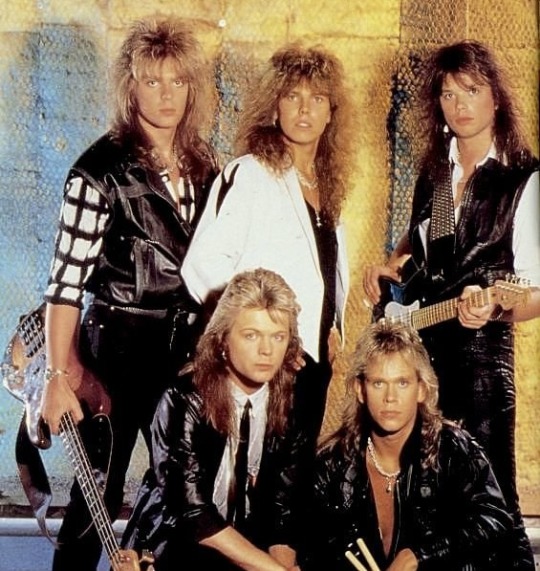

Europe
Formed in: 1979
Genres: Arena rock, hard rock, glam metal, blues rock, heavy metal
Lineup: Joey Tempest – lead vocals
John Norum – lead guitar, backing vocals
John Levén – bass
Mic Michaeli – keyboards, backing vocals
Ian Haugland – drums, backing vocals
Albums from the 80s:
Europe (1983)
Wings of Tomorrow (1984)
On the Loose EP (1985)
The Final Countdown (1986)
Out of This World (1988)
Propaganda: 🎶IT'S THE FINAL ENTRY! *epic synth riff*🎵 (even if they're not the last ones submitted, please list them last just for this bit). (Little did the submitter know that they actually were)
Iron Maiden
Formed in: 1975, though they didn't settle on a relatively steady lineup until 1978
Genres: Metal, Power Metal, Prog Metal
Lineup: Bruce Dickinson - vocals
Dave Murray - guitar
Adrian Smith - guitar, vocals, keyboard
Steve Harris - bass, vocals, keyboard
Nicko McBrain - drums
Albums from the 80s:
Iron Maiden (1980)
Killers (1981)
The Number of the Beast (1982)
Piece of Mind (1983)
Powerslave (1984)
Live After Death (1985)
Somewhere in Time (1986)
Seventh Son of a Seventh Son (1988)
Propaganda: What other band could make metalheads love songs based on poetry ("The Trooper" inspired by Tennyson's "The Charge of the Light Brigade," "Rime of the Ancient Mariner" based on the Coleridge poem of the same name), history ("Alexander the Great"), cult TV series ("The Prisoner" based on the show of the same name), mythology (twisted a bit with "Flight of Icarus"), and classic literature ("Phantom of the Opera" based on the Gaston Leroux novel, "Murders in the Rue Morgue" based on the Poe story, "To Tame a Land" originally meant to be titled after its inspiration: Frank Herbert's "Dune")? These guys are proud geeks and one of the most epic bands on the planet, STILL going strong all these years later.
#round 1#Europe#europe band#iron maiden#joey tempest#john norum#john levén#Mic Michaeli#Ian Haugland#bruce dickinson#dave murray#adrian smith#steve harris#nicko mcbrain#the hottest 80s band tournament#The hottest 80s band tourney#tumblr polls#poll
14 notes
·
View notes
Text
119 notes
·
View notes
Text
The Top 40 Most Popular Operas, Part 3 (#21 through #30)
A quick guide for newcomers to the genre, with links to online video recordings of complete performances, with English subtitles whenever possible.
Verdi's Il Trovatore
The second of Verdi's three great "middle period" tragedies (the other two being Rigoletto and La Traviata): a grand melodrama filled with famous melodies.
Studio film, 1957 (Mario del Monaco, Leyla Gencer, Ettore Bastianini, Fedora Barbieri; conducted by Fernando Previtali) (no subtitles; read the libretto in English translation here)
Donizetti's Lucia di Lammermoor
The most famous tragic opera in the bel canto style, based on Sir Walter Scott's novel The Bride of Lammermoor, and featuring opera's most famous "mad scene."
Studio film, 1971 (Anna Moffo, Lajos Kozma, Giulio Fioravanti, Paolo Washington; conducted by Carlo Felice Cillario)
Leoncavallo's Pagliacci
The most famous example of verismo opera: brutal Italian realism from the turn of the 20th century. Jealousy, adultery, and violence among a troupe of traveling clowns.
Feature film, 1983 (Plácido Domingo, Teresa Stratas, Juan Pons, Alberto Rinaldi; conducted by Georges Prêtre)
Part I, Part II, Part III, Part IV, Part V, Part VI
Mozart's Die Entführung aus dem Serail (The Abduction from the Seraglio)
Mozart's comic Singspiel (German opera with spoken dialogue) set amid a Turkish harem. What it lacks in political correctness it makes up for in outstanding music.
Royal Opera House, Covent Garden, 1988 (Deon van der Walt, Inga Nielsen, Lillian Watson, Lars Magnusson, Kurt Moll, Oliver Tobias; conducted by Georg Solti) (click CC for subtitles)
Verdi's Un Ballo in Maschera
A Verdi tragedy of forbidden love and political intrigue, inspired by the assassination of King Gustav III of Sweden.
Leipzig Opera House, 2006 (Massimiliano Pisapia, Chiara Taigi, Franco Vassallo, Annamaria Chiuri, Eun Yee You; conducted by Riccardo Chailly) (click CC for subtitles)
Part I, Part II
Offenbach's Les Contes d'Hoffmann (The Tales of Hoffmann)
A half-comic, half-tragic fantasy opera based on the writings of E.T.A. Hoffmann, in which the author becomes the protagonist of his own stories of ill-fated love.
Opéra de Monte-Carlo, 2018 (Juan Diego Flórez, Olga Peretyatko, Nicolas Courjal, Sophie Marilley; conducted by Jacques Lacombe) (click CC and choose English in "Auto-translate" under "Settings" for subtitles)
Wagner's Der Fliegende Holländer (The Flying Dutchman)
An early and particularly accessible work of Wagner, based on the legend of a phantom ship doomed to sail the seas until its captain finds a faithful bride.
Savolinna Opera, 1989 (Franz Grundheber, Hildegard Behrens, Ramiro Sirkiä, Matti Salminen; conducted by Leif Segerstam) (click CC for subtitles)
Mascagni's Cavalleria Rusticana
A one-act drama of adultery and scorned love among Sicilian peasants, second only to Pagliacci (with which it's often paired in a double bill) as the most famous verismo opera.
St. Petersburg Opera, 2012 (Fyodor Ataskevich, Iréne Theorin, Nikolay Kopylov, Ekaterina Egorova, Nina Romanova; conducted by Mikhail Tatarnikov)
Verdi's Falstaff
Verdi's final opera, a "mighty burst of laughter" based on Shakespeare's comedy The Merry Wives of Windsor.
Studio film, 1979 (Gabriel Bacquier, Karan Armstrong, Richard Stilwell, Marta Szirmay, Jutta Renate Ihloff, Max René Cosotti; conducted by Georg Solti) (click CC for subtitles)
Verdi's Otello (Othello)
Verdi's second-to-last great Shakespearean opera, based on the tragedy of the Moor of Venice.
Teatro alla Scala, 2001 (Plácido Domingo, Leo Nucci, Barbara Frittoli; conducted by Riccardo Muti)
#opera#top 40#21 through 30#video#complete performances#english subtitles#il trovatore#lucia di lammermoor#pagliacci#die entfuhrung aus dem serail#the abduction from the seraglio#un ballo in maschera#les contes d'hoffmann#the tales of hoffmann#der fliegende holländer#the flying dutchman#cavalleria rusticana#falstaff#otello
22 notes
·
View notes
Text
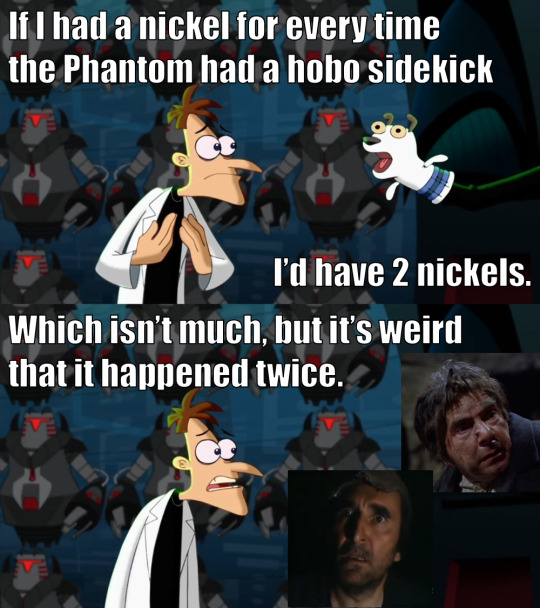
#Phantom of the opera#poto#Phantom of the opera meme#Phantom of the opera 1962#poto 1962#professor l. petrie#professor petrie#hammer horror#herbert lom#Phantom of the opera 1983#poto 1983#maximilian schell#sandor korvin#my post
30 notes
·
View notes
Text
Ok just finished watching The Phantom of the Opera (1983) with Maximilian Schell and Jane Seymour. My rating is 3/5, which honestly is low-key high lol. A rather large portion of the film was very slow, but Schell's Phantom was really cute and super interesting. This is also the first time an adaptation actually creeped me out too! The story is 99% its own thing as well. Would I recommend it though? Only if you're interested - ONLY - in the Phantom and nothing else, cause he's really the only good thing in it. They don't even have the same names as their original characters. I rank it as 8 out of 11 of the Phantom movies I've watched.
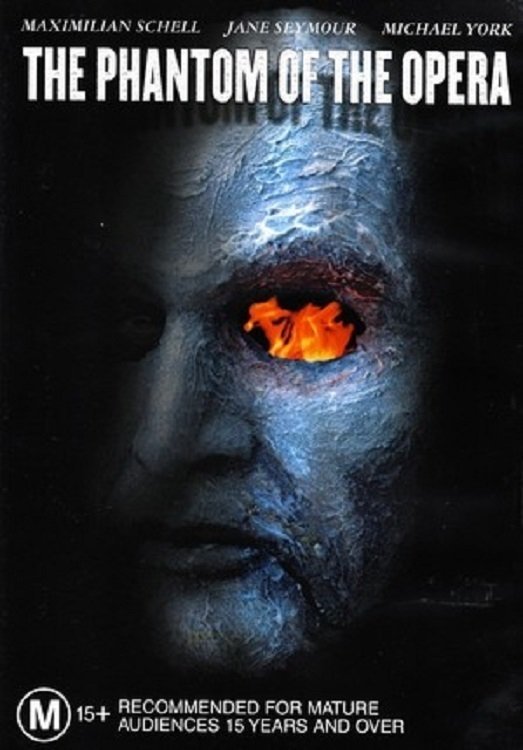
I took a clip of a scene that low-key freaked me out below.
#phantomato13 reviews#the phantom of the opera#phantom of the opera#poto 1983#maximilian schell#jane seymour#michael york#poto#horror#80s#80s movies#80s horror#horror movies#horror film#phan review
22 notes
·
View notes
Text
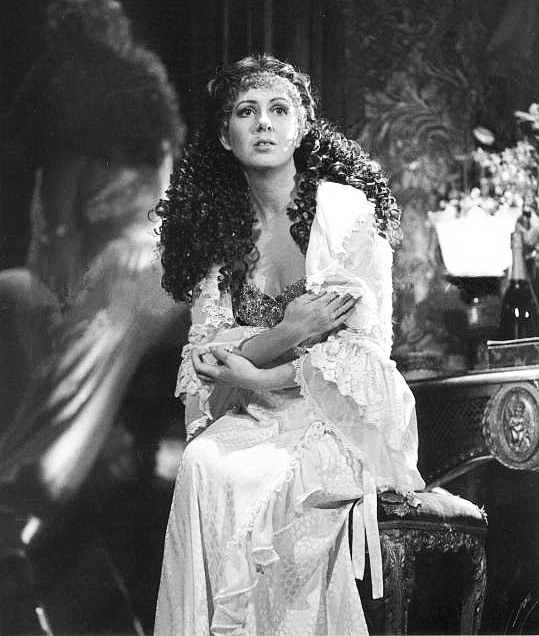
For #womenshistorymonth a look at some of the most important women in the history of The Phantom of the Opera.
Number 15. Claire Moore
Claire Moore was cast as the alternate Christine Daaé in the original cast of The Phantom of the Opera. She played three shows each week. When Sarah Brightman left the production after a year, Claire took on the role full-time.
In 1989 she left the role to play Ellen in the original London production of Miss Saigon.
A while later Claire returned to the role of Christine, most famously with Ethan Freeman.
Claire and Ethan were voted "favourite Christine and Phantom" by the Phantom Appreciation Society. This win led to a contract at Jay Records for a highlights album featuring them both.
She was due to return to in September 2013, this time to play Carlotta Guidicelli, but her run was cancelled due to injury.
Claire's early work includes appearing alongside Richard Harris in the 1982 London production of Camelot and playing the lead role of Audrey in the 1983–85 Comedy Theatre production of Little Shop of Horrors.
From 2000 to 2001, Claire played Mrs Anna (as alternate for Elaine Paige) in the London Palladium production of The King and I. She has also starred as Fantine and Madame Thenardier in Les Misérables.
In the 2019 National Theatre production of Follies, she played former Follie girl Hattie Walker and sang one of the shows most popular songs, ‘Broadway Baby’.
70 notes
·
View notes
Text
I know destler and carriere are gonna sweep, but I'm still curious
#erik poto#poto fanfiction#poto erik#erik the phantom#phantom of the opera#the phantom of the opera#poto polls
191 notes
·
View notes
Note
do you have any horror movie recs without gore?
i sure do !! ^_^ all of these have zero to very very minimal gore (such as like.. just moments of people being shot or injured slightly but not in a gory or bloody fashion but there may be blood shown from that, some corpses shown, not gory but could be gruesome) but id definitely still check out doesthedogdie.com before you check these out if you have very specific things you wouldnt wanna see <3 the others (2001), the cabinet of dr. caligari (1920), signs (2002), frankenstein (1931), the bride of frankenstein (1935), house on haunted hill (1959), creep (2014), dracula (1931), dracula (1958), christine (1983), ju-on: the grudge (2002), the city of the dead (1960), black sunday (1960), the phantom of the opera (1925), elvira, mistress of the dark (1988), the lighthouse (2019), the craft (1996), gonjiam: haunted asylum (2018), the innocents (1961), the invisible man (1933), lake mungo (2008), ringu (1998), they live (1988), & caveat (2020) ! hope you find some youd enjoy :]
22 notes
·
View notes